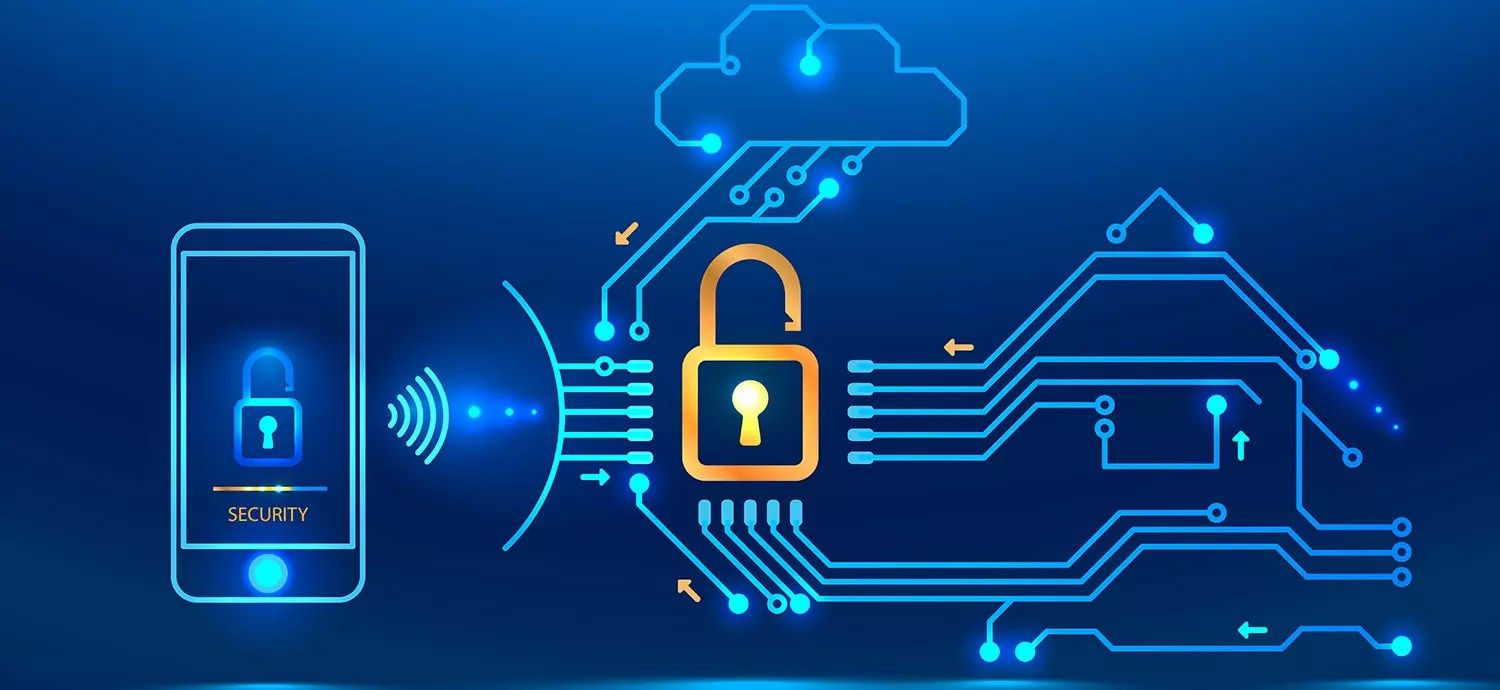How Sensor Data Can Save You a Lot of Money

The Internet of Things, Industrial Internet, Internet of Everything, no matter how you name it, the future connected world will change everything and create massive amounts of sensor data. According to Cisco, it is going to be a $ 19 trillion market within the coming decade. This includes a projected $ 2.9 trillion for the Industrial Internet.
For manufacturers, the Internet of Things (IoT) will mean using sensor data to optimize manufacturing processes and improving products. According to Stefan Groschupf, CEO of Big Data Startup Datameer, manufacturers need to “investigate and implement Big Data solutions to optimize processes, pull away from their competitors and ultimately save massive amounts of time and money.”
A 2017 survey by Capgemini revealed that smart factories will add $500 billion to the global economy in just five years, driving a 27 percent increase in manufacturing efficiency. Another, 2016, survey revealed that almost 80% are now aware of the potential of the Industrial Internet, while 40% found the Industrial Internet to be already helpful in existing initiatives. Finally, the most useful attributes of the Industrial Internet are related to security and interoperability.
So, the connected world, the Internet of Things, is becoming a very real phenomenon. Sensors are not only for manufacturers of technology giants. Sensors can also provide valuable information for cities and create new innovative services. The Spanish city Santander, for example, buried 12.000 sensors under the asphalt, affixed to street lamps and atop city buses. These sensors were a Proof of Concept by the European Commission to test how sensors can make European cities smart. Innovative solutions created with these sensors include street signs that display real-time parking information, up-to-the-minute information on road closures, parking availability, bus delays or the pollen count. Local shop owners have even joined the game and allow citizens to place orders when passing by, even when the shop is closed.
But how can organizations turn the data from these sensors in real money? There are several important aspects that organizations need to take into account when joining the IoT-movement. The best results are achieved when sensors are installed throughout the supply-chain and data is shared as much as possible within that vertical. This could result in more efficient and intelligent processes that benefit each player within the supply-chain. When for example materials are equipped with sensors, they can be tracked throughout the supply chain and smart machines can talk to each other to optimize processes. Combined with Blockchain would make that data immutable, verifiable and traceable, adding significant benefits to a connected supply chain.
Of course, turning your traditional organization or supply chain into a smart organization or vertical is not an easy task, let alone cheap. There are upfront costs involved and installing the required hardware is just the beginning. The data need to be transmitted, via WiFi or cellular connection and need to be analyzed as well. Although open source tools could keep costs down, in the beginning, they also tend to become expensive in the long run when adjustments need to be made, or support needs to be bought. Also, organizations need to empower their employees with these insights, so that they can make the right decisions.
For organizations that generate exabytes of data, or even more, Machine-2-Machine data are extremely vulnerable to hackers that could attack the company. When passwords or credit card details are stolen, as happened regularly in the past years, the October 2016 DDoS attack being most notable. This attack used connected devices to bring down the internet for millions of users across the globe. Therefore, when machines are hacked, and control is taken over, disaster could strike. Security is therefore of utmost importance for organizations turning their factory into a smart factory.
Finally, to make money from all that data, organizations need to have a thorough understanding of the impact of an IoT strategy. Making your organization smart has an impact on every aspect of your business. Every process can be datafied, analyzed and improved. Companies that are slow to integrate the Internet of Things within their company could lose an existing competitive advantage. Therefore, extensive research, correct preparation and design of the possibilities and new data-driven processes in place are essential. When an IoT Strategy is done correctly, all data from a myriad of sensors can save you a lot of money.
Image: deepadesigns/Shutterstock





